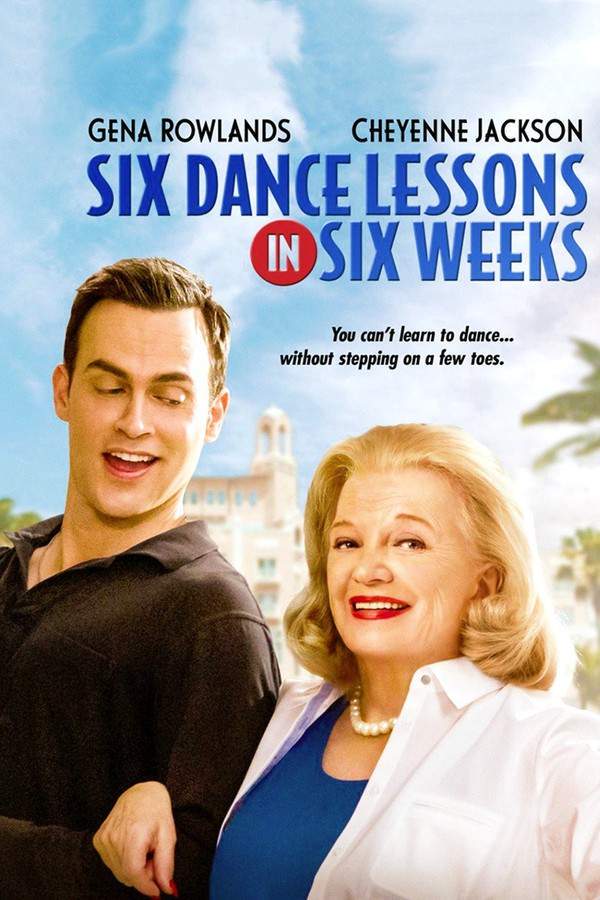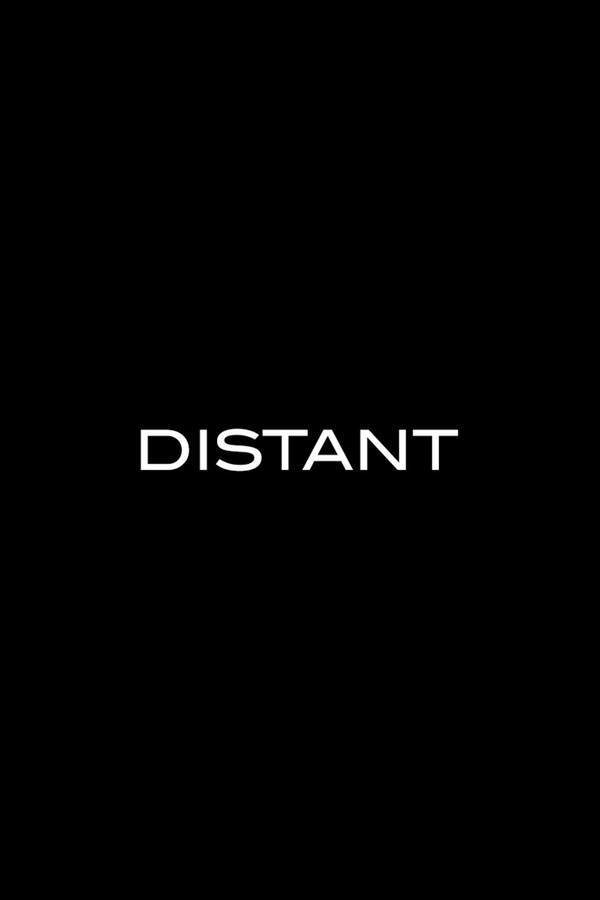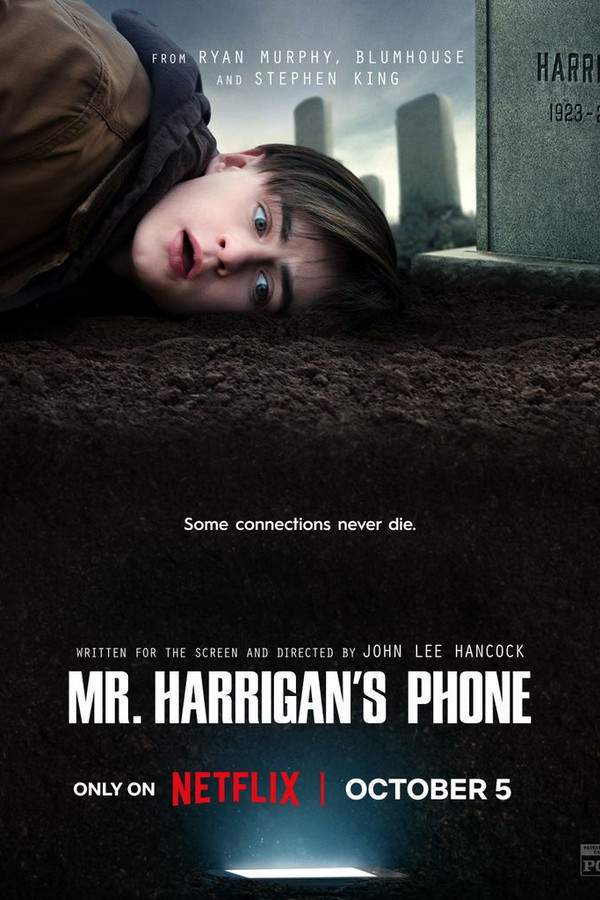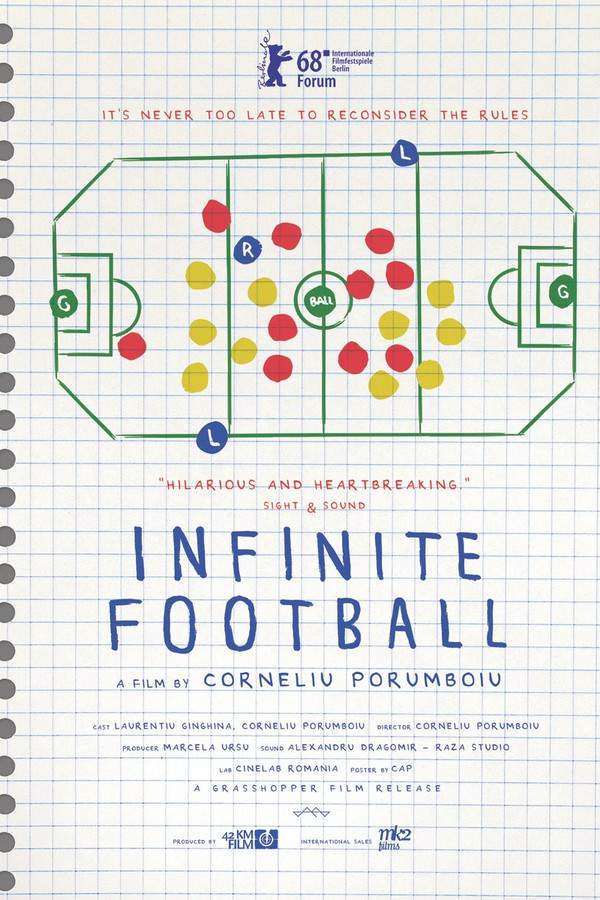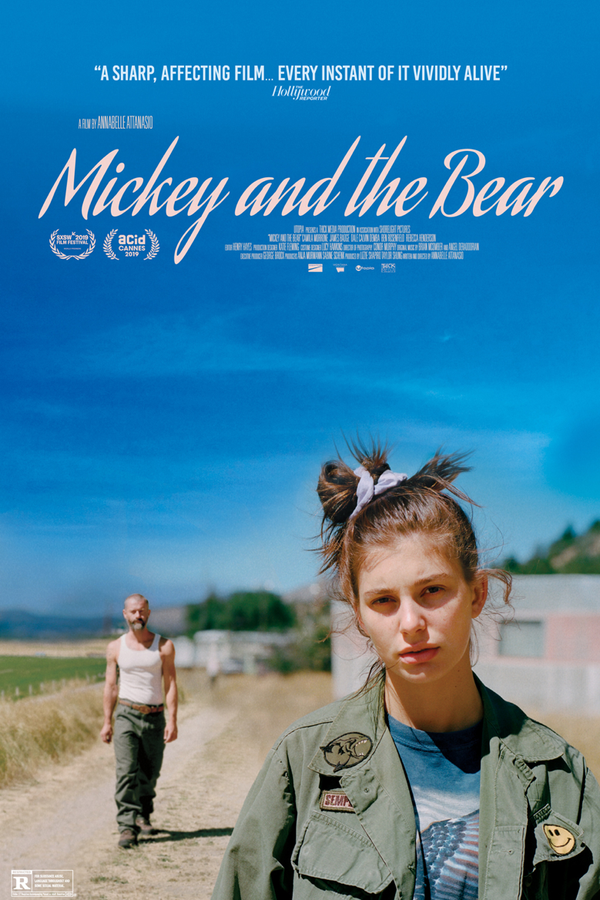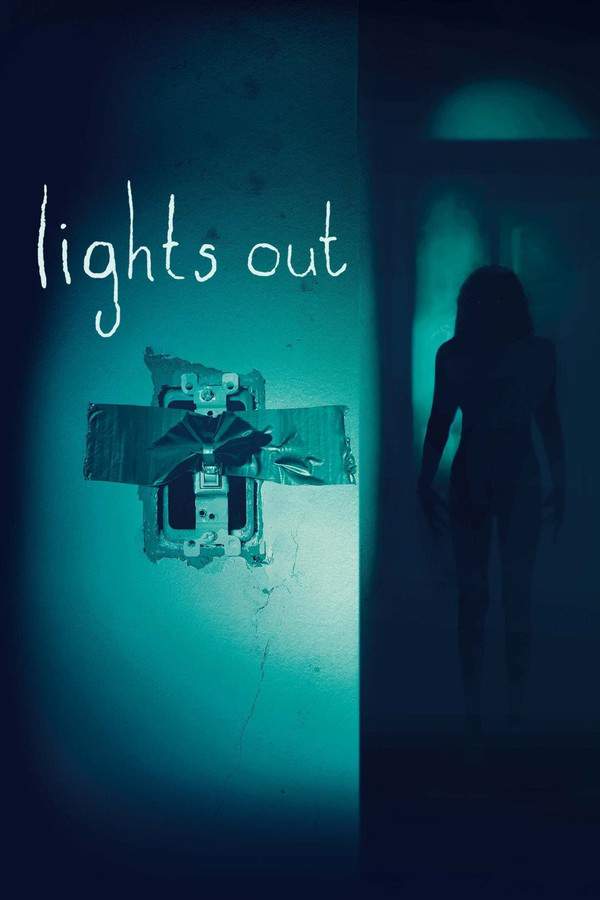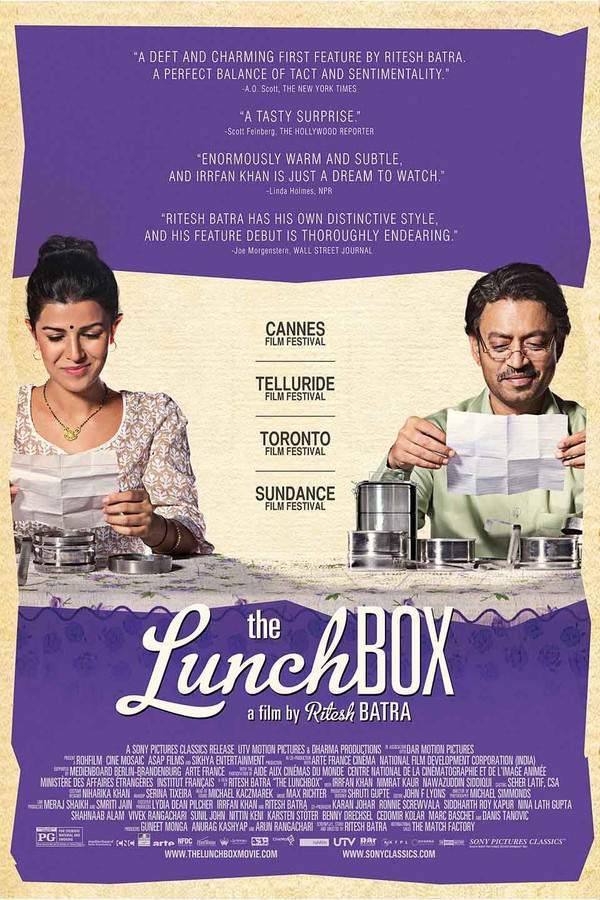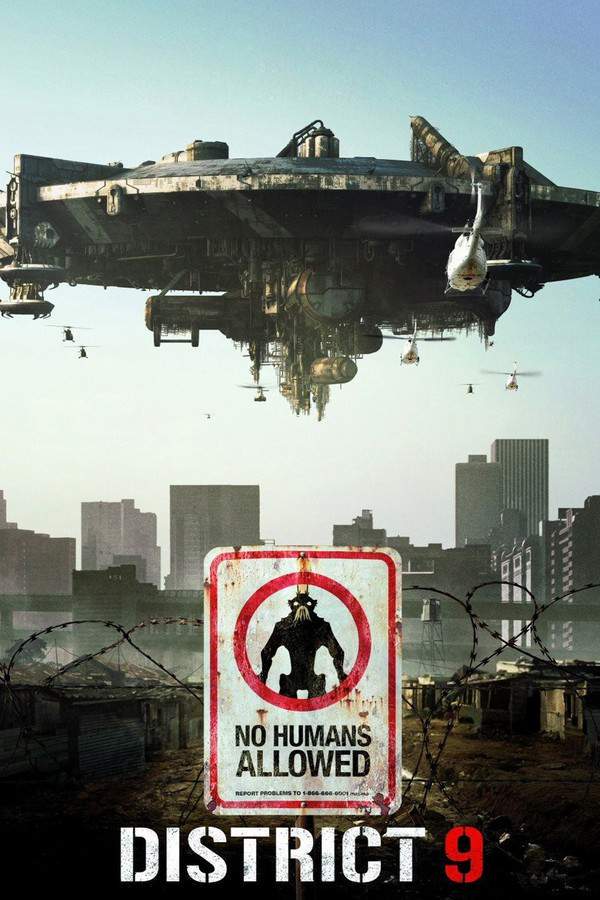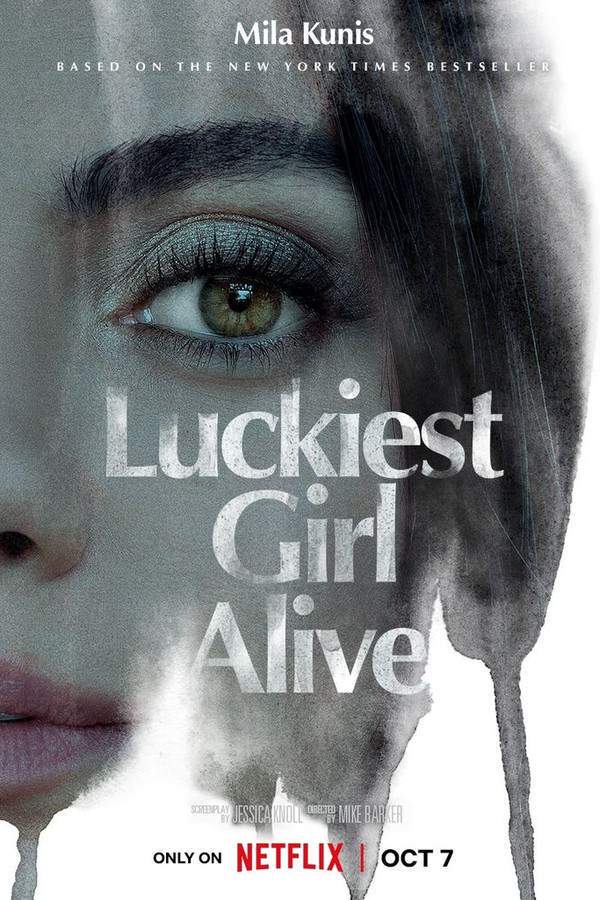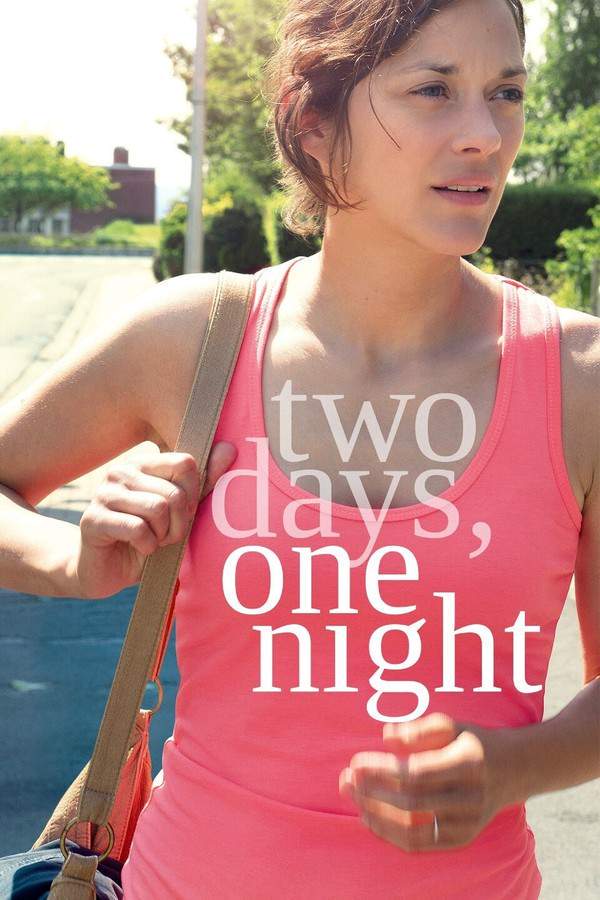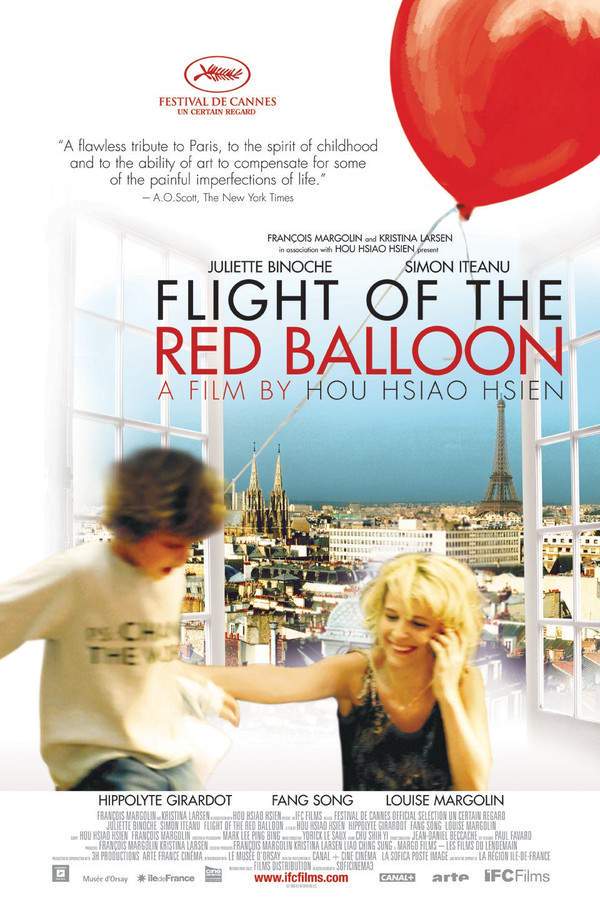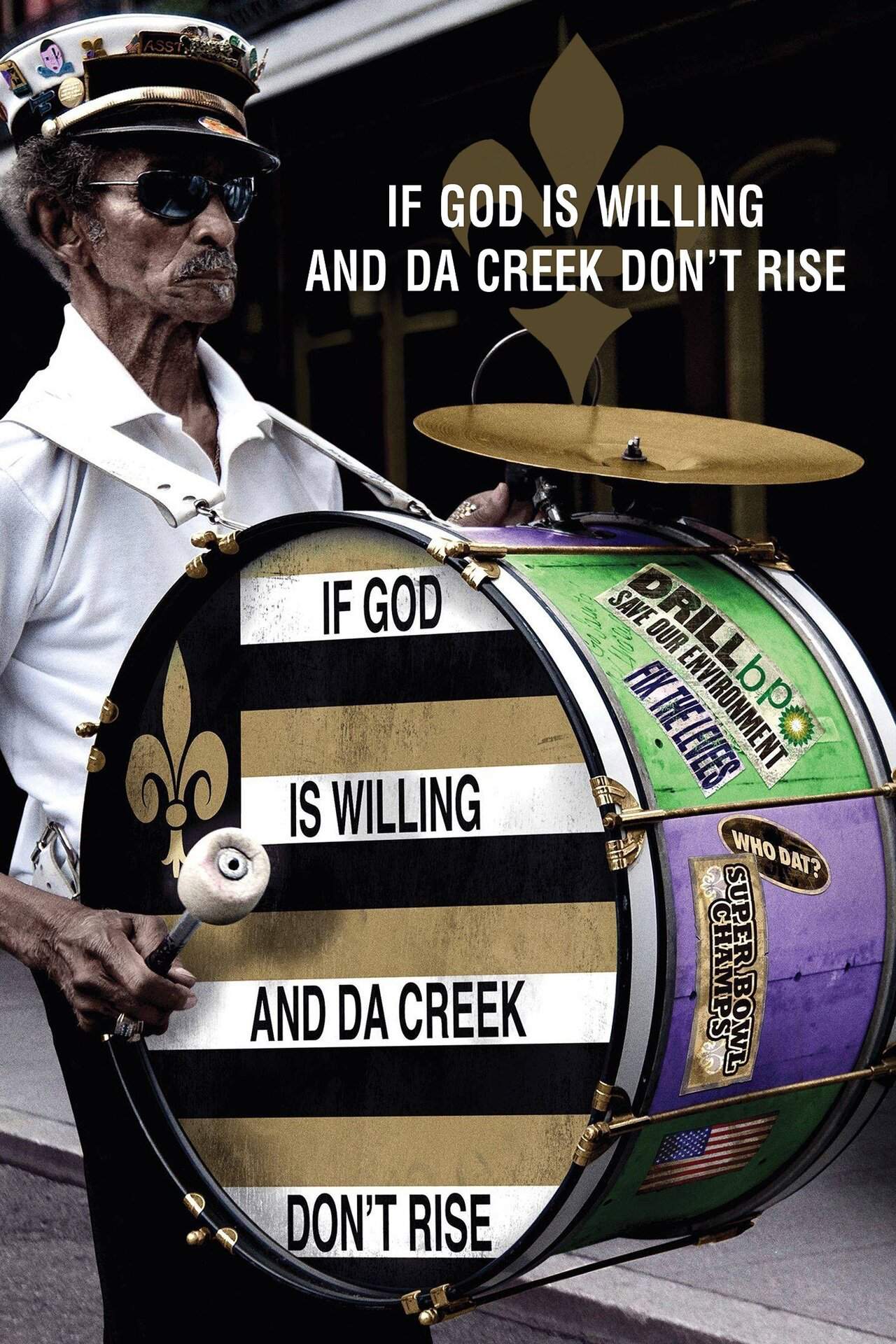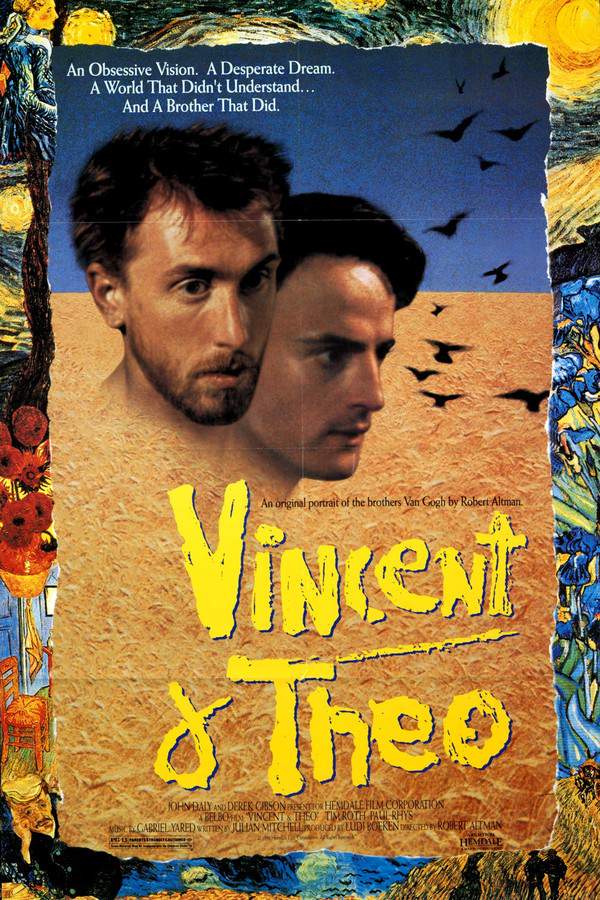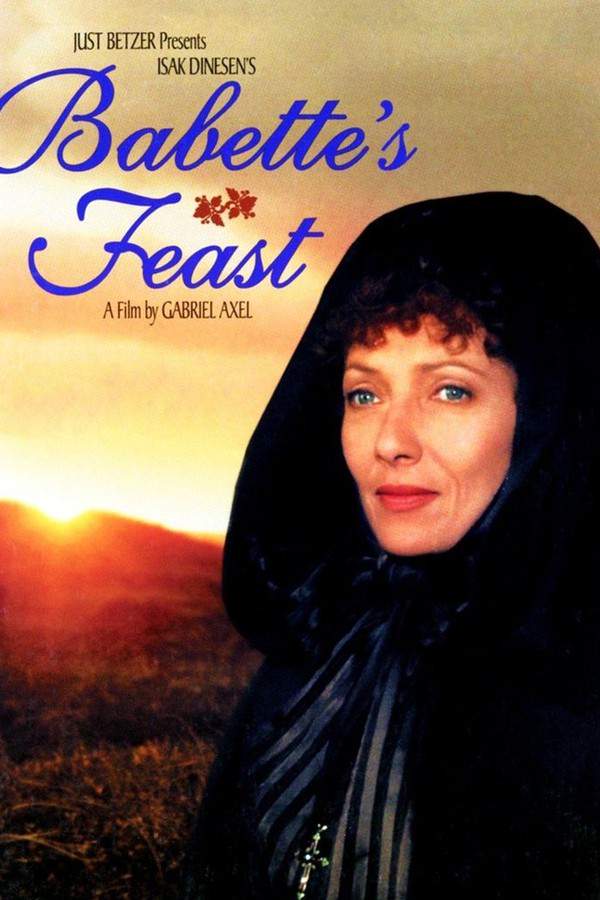What's After the Blog?
Cinema • Independent Films
The Art of the Short Film: Crafting Stories in Limited Time
Explore the art of crafting compelling narratives in limited time with our insightful blog post on the unique and powerful world of short films.
March 12, 2024

Movies mentioned in this article
The Art of the Short Film: Crafting Stories in Limited Time
Introduction
Welcome to our latest exploration on What’s After the Movie (ATM), where we delve into the enthralling world of short films. In this realm, stories unfold and emotions are evoked, all within a brisk and compact format. Short films, often overshadowed by their feature-length counterparts, are a distinct and vital part of the cinematic universe. They are not merely truncated versions of longer movies; instead, they are a breed of their own, thriving on brevity and creativity. In this post, we embark on a journey to understand the essence and artistry of short films, discovering how filmmakers craft engaging and poignant narratives within a limited timeframe.
The Essence of Short Films
Understanding the Short Film Genre
What sets short films apart from feature-length movies? At its core, a short film is defined not just by its duration, but by its ability to convey a story concisely and effectively. These films, typically under 30 minutes, demand a different approach to storytelling. Creators must be adept at distilling their visions and messages, often leaving audiences with a lingering impact that belies the film’s brief runtime.
Take, for example, the Academy Award-winning short film Stutterer. In just 13 minutes, it tells a touching story about a man with a severe speech impediment. The film brilliantly uses its limited time to create a deep emotional connection with the audience, proving that a film’s impact is not proportional to its length.
Why Short Films Matter
Short films hold a significant place in the cinematic landscape for several reasons. They serve as a crucial platform for emerging filmmakers to showcase their talent, experiment with new ideas, and hone their craft without the financial and logistical constraints often associated with feature films. Short films like Six Shooter, the directorial debut of playwright Martin McDonagh, exemplify this, providing a springboard to a successful feature film career.
Moreover, short films offer audiences diverse and innovative storytelling that might be too niche or experimental for mainstream cinema. Films like Paperman and Logorama showcase unique animation styles and narrative approaches that distinguish them in the world of short films. They prove that within their limited runtime, short films can explore themes and styles in ways that are often unfeasible in longer formats.
Short films also play a vital role in cultural and social commentary, offering a platform for voices and stories that might otherwise go unheard. Consider Two Distant Strangers, a film that powerfully addresses social issues within a condensed timeframe. Its ability to spark conversations and challenge perspectives underscores the importance of short films in our society.
In essence, short films are not just a stepping stone to feature filmmaking but are an art form in their own right. They offer a unique and powerful medium for storytelling, one that challenges filmmakers to be more inventive and succinct, and invites audiences to experience cinema in its most concentrated form.
Key Elements of a Successful Short Film
Storytelling in a Crunch
In the world of short films, the art of condensing narratives is paramount. Every second counts, and each scene, dialogue, and character must be meticulously crafted to serve the story efficiently. Unlike feature-length films, where there’s room to explore subplots and elaborate backstories, short films demand a more direct approach. This doesn’t mean sacrificing depth, but rather finding innovative ways to impart information. Consider the Oscar-winning short film The Phone Call, which masterfully develops its characters and evokes a deep emotional response, all within a mere 20 minutes. The film uses real-time conversations to reveal the characters’ backgrounds, showcasing how powerful dialogue can drive a short film’s narrative. Character development in brief is another challenge. In a short film, there’s little time for characters to evolve through a series of events. Instead, their essence is often captured in a few pivotal moments or through subtle details. Curfew, for example, manages to portray a profound transformation in its lead character over its 19-minute runtime, proving that even the briefest of narratives can deliver substantial character growth.
Visual Storytelling
The adage “show, don’t tell” holds particularly true in short filmmaking. Visual storytelling becomes a powerful tool to convey more with less. A well-composed shot or a poignant visual metaphor can speak volumes, eliminating the need for lengthy exposition. In La Jetée, almost the entire story is told through still images, creating a haunting and unforgettable narrative experience. This film demonstrates how visuals, more than words, can carry the weight of storytelling in a short film. Cinematography in short films isn’t just about creating visually pleasing shots; it’s about using the camera to tell a story. Unique angles, movement, and focus can reveal aspects of the characters and setting in ways that dialogue cannot. Nefta Football Club is an excellent example where cinematography adds layers to the storytelling, using wide shots and close-ups effectively to enhance the narrative without additional dialogue.
The Power of Sound and Music
In the realm of short films, sound design plays a crucial role. Every auditory element, from ambient sounds to dialogues, must be carefully selected to contribute to the overall impact of the film. Sing, a short film that won multiple awards, demonstrates how sound can be used to heighten tension, convey emotions, and even act as a narrative device.
Music in short films often serves as more than just a background element; it sets the tone and influences the viewer’s experience. It can foreshadow events, reflect internal emotions, or even counterpoint the on-screen action to create irony or humor. In Bear Story, music weaves through the narrative, enhancing the emotional depth and enriching the storytelling. This approach illustrates how, in a limited timeframe, every element, including music, must be thoughtfully integrated to maximize the film’s impact.
Challenges and Opportunities in Short Filmmaking
Short filmmaking, while rewarding, comes with its unique set of challenges and opportunities. Budget constraints are often the most significant hurdle. With less financial backing than feature films, short film creators must innovate to bring their visions to life. This limitation, however, can be a blessing in disguise. It encourages filmmakers to think creatively, focusing on strong storytelling and character development over expensive special effects or exotic locations. A prime example is Lights Out, a horror short film made with a minimal budget that later inspired a full-length feature film due to its ingenious use of suspense and simplicity.
Short films also present significant opportunities for new filmmakers. They offer a platform to showcase talent and voice unique perspectives without the risk and investment required for a feature film. Directors like Damien Chazelle, who started with the short film Whiplash, demonstrate how short films can serve as a proving ground for emerging talent. These projects allow filmmakers to refine their style, experiment with narrative techniques, and gain recognition in the industry, potentially leading to opportunities in feature filmmaking.
How Short Films Impact Viewers and the Industry
Short films wield a considerable impact on both viewers and the film industry at large. In terms of influencing audience perceptions, short films often leave a lasting impression due to their concise storytelling and innovative approaches. They have the power to introduce audiences to new genres, styles, and perspectives, broadening their cinematic experience. Films like The Lunchbox, although longer than a typical short film, showcase the potential of short-form storytelling in captivating audiences with a simple yet profound narrative.
Furthermore, short films act as a bridge to feature films for many filmmakers. They are testing grounds for new ideas, styles, and techniques, which can then be expanded into longer formats. For instance, District 9 began as a short film, Alive in Joburg, which demonstrated the potential of its unique sci-fi concept and led to the production of a highly successful feature film. This progression from short to feature-length films not only benefits the creators but also enriches the film industry with fresh and innovative content.
In essence, short films play a critical role in the cinematic ecosystem. They not only offer emerging filmmakers a platform to express their creativity and vision but also enrich the audience’s viewing experience with diverse and innovative storytelling.
Real-world Examples: Successful Short Films
Delving into real-world examples offers invaluable insights into the success of short films. The case studies of Oscar-winning shorts provide a lens through which we can understand what makes a short film resonate with audiences and critics alike. Films like Hair Love, which won the Academy Award for Best Animated Short Film, highlight the power of storytelling that combines emotional depth with cultural relevance. This film, with its poignant narrative and stunning animation, captures the essence of familial love and cultural identity, all within a few minutes.
Another aspect to consider is the journey of filmmakers who transitioned from shorts to stardom. From Shorts to Stardom is a narrative familiar in the film industry. Directors like Taika Waititi, who initially gained recognition for his short film Two Cars, One Night, demonstrate the potential of short films as a launching pad for a successful career in feature filmmaking. These examples serve as inspiration for aspiring filmmakers, showing that short films can indeed be the stepping stones to larger projects and wider recognition.
”What’s After the Movie” (ATM) and Short Films
Short films have a unique place in the vast collection of cinematic works available on ATM. Our platform not only allows users to discover outstanding short films but also provides a space to explore the often-overlooked art of short filmmaking. By featuring a diverse range of short films, from animated gems to live-action masterpieces, ATM offers a window into the world of concise, impactful storytelling.
A curious aspect of short films is whether they include end credit scenes, similar to many feature films. While typically associated with blockbuster movies, some short films also employ this technique to add a final twist, offer a humorous aside, or simply leave the audience with something to ponder. This element, though less common in shorts, demonstrates the versatility and creativity inherent in short film production, and it’s a feature that viewers can explore and discuss on platforms like ATM.
In conclusion, short films are an integral part of the cinematic landscape, offering a unique storytelling medium that challenges creators and delights audiences. Through platforms like ATM, these films receive the recognition they deserve, allowing more people to explore and appreciate the art of short filmmaking.
Conclusion
The art of the short film is both a challenge and a celebration of storytelling. Through this exploration, we’ve seen how short films compress narratives, character development, and visual storytelling into a brief yet impactful format. These films are not just a playground for emerging filmmakers but are a distinct art form that pushes the boundaries of conventional storytelling. The ability to craft a complete, emotionally resonant story within a limited timeframe is a testament to the skill and creativity of the filmmakers. Short films like The Red Balloon and An Occurrence at Owl Creek Bridge have left indelible marks on cinema, proving that the power of a film is not measured in minutes but in its ability to move and engage its audience.
As we join the discussion on short films, we invite you to share your thoughts and favorite shorts. Whether it’s the innovative storytelling of Vincent by Tim Burton or the visually stunning Feast, each short film offers a unique window into the vast possibilities of cinema. Short films may be brief, but their impact is enduring, continuing to inspire and challenge both filmmakers and viewers alike.
Invitation to Explore More
We hope this exploration of the art of the short film has inspired you to delve deeper into this fascinating genre. If you enjoyed this post, we warmly invite you to explore more engaging content on movies and filmmaking at What’s After the Movie. Our blog is a treasure trove of insights, discussions, and analyses, perfect for movie enthusiasts and casual viewers alike. So, come join our community of cinema lovers and discover the endless wonders of film in all its forms.
Continue reading

What's After the Movie?
Not sure whether to stay after the credits? Find out!
Explore Our Movie Platform
New Movie Releases (2026)
Famous Movie Actors
Top Film Production Studios
Movie Plot Summaries & Endings
Major Movie Awards & Winners
Best Concert Films & Music Documentaries
Movie Collections and Curated Lists
© 2026 What's After the Movie. All rights reserved.

